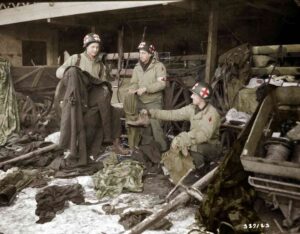
The Army Historical Foundation
The Army Historical Foundation is the designated official fundraising organization for the National Museum of the United States Army.
We were established in 1983 as a member-based, charitable 501(c)(3) nonprofit organization. We seek to educate future Americans to fully appreciate the sacrifices that generations of American Soldiers have made to safeguard the freedoms of this Nation. Our funding helps to acquire and conserve Army historical art and artifacts, support Army history educational programs, research, and publication of historical materials on the American Soldier, and provide support and counsel to private and governmental organizations committed to the same goals. This is a non-federal entity. It is not part of the department of defense or any of its components, and it has no government status.
















